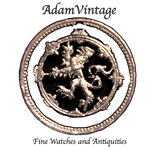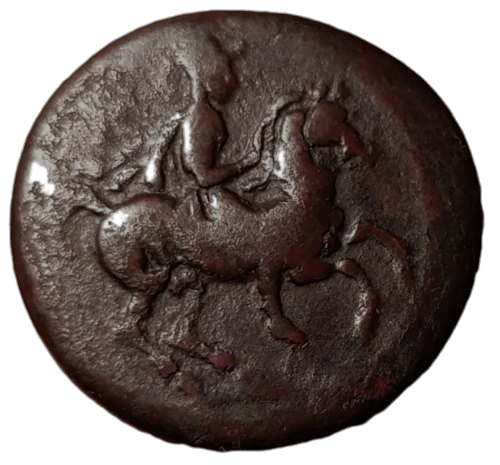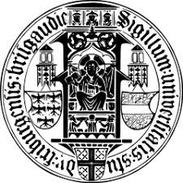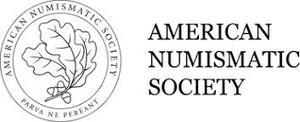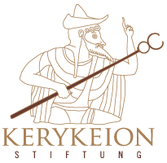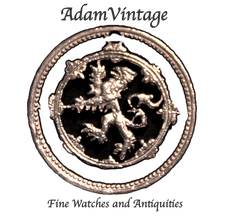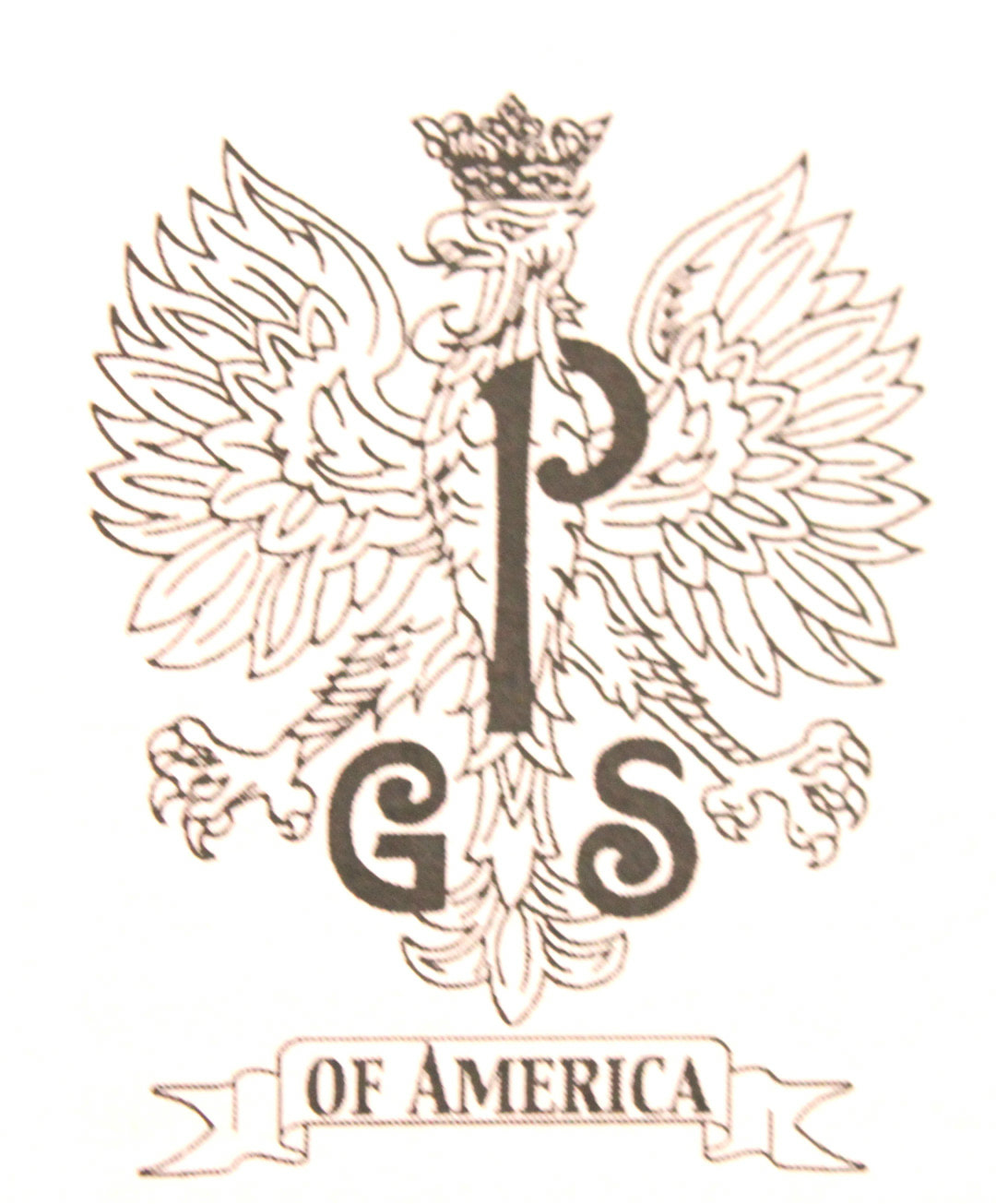Ancient Coins Struck During the Knights Templar, Ancient Roman Coins & Ancient Greek Coins
|
GUARANTEED Authentic: We do not sell fake or REPRODUCTION coins. If you find A price Somewhere that is too good to be true, it likely is. We have 20 years experience collecting coins, and now we offer a diverse selection mostly from our private collection. ancient coins for sale |
